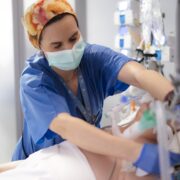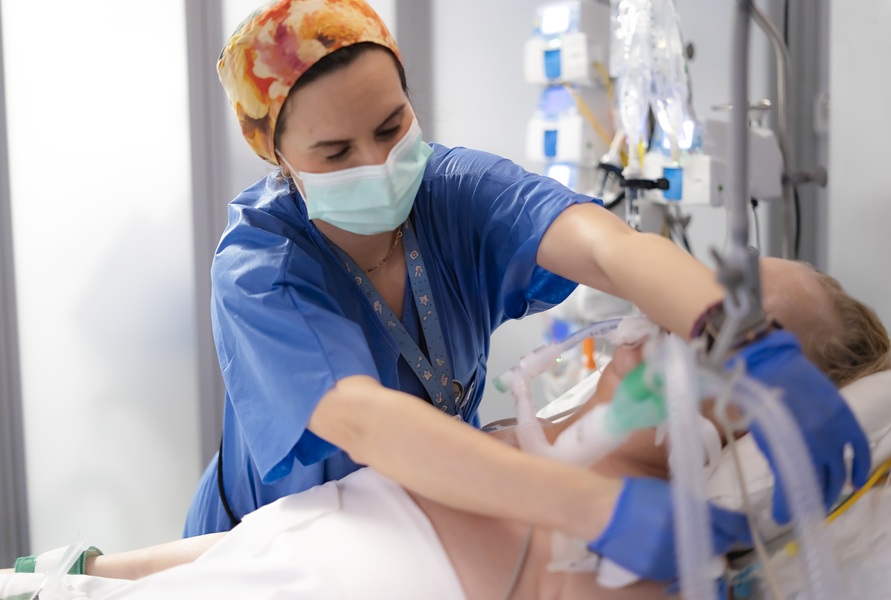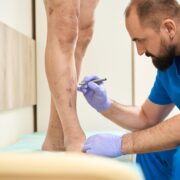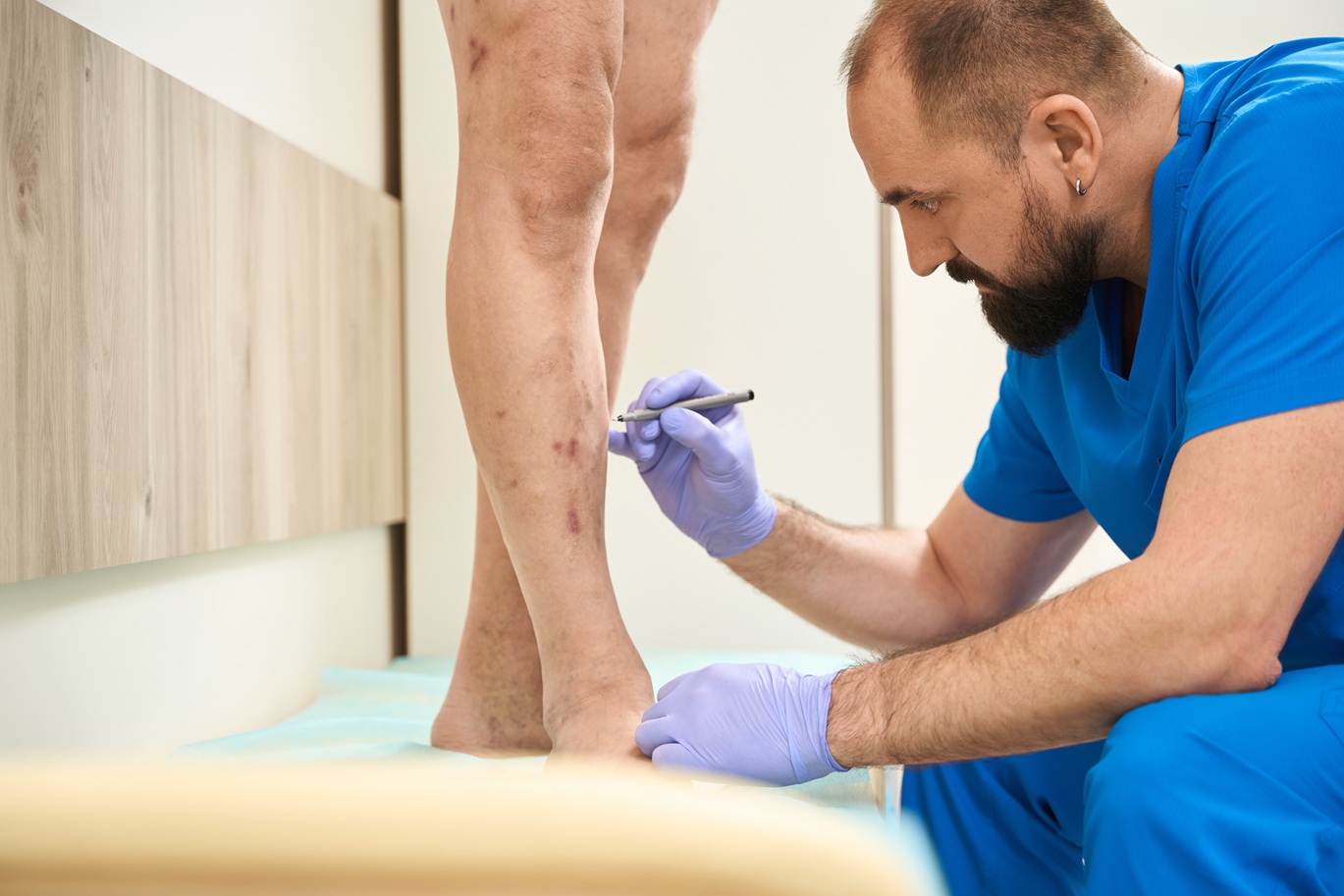Why Future Nurses Need to Practice Early

Nursing goes beyond just being a profession. It’s a vocation where your abilities and knowledge impact people’s lives on a daily basis. Proper identification and awareness are the cornerstone to delivering the right care to patients who enter those hospital doors. Becoming a capable, confident nurse doesn’t begin on your first day of work—it starts much earlier than that. Early practice is not only beneficial; it’s necessary. Consider professional athletes—they don’t simply arrive on game day and hope to play. They train for years, perfecting their skills and strengthening their confidence. The same applies to nursing, but with much higher stakes involved. Starting your practice early could make all the difference in your nursing career.
Building a Solid Foundation Before Clinicals
Remember learning to ride a bike? You probably didn’t nail it on the first try. Nursing skills work similarly, requiring time, patience, and lots of practice. Starting early allows you to make mistakes when they don’t matter yet. Those stumbling moments with IV placement or vital sign evaluation are far better had in a lab than with your first actual patient standing there nervously.
Prospective nurses can solidify their core knowledge and minimize test anxiety by leveraging tools such as a free TEAS 7 practice test, which mimics the actual test setting while allowing them to find out early about knowledge gaps during their preparation process. These practice sessions highlight your weak spots when ample time is left to correct them.
Pharmacology makes your head spin, or anatomy terms keep tripping you up. Discovering these roadblocks early on allows you to address them systematically instead of freaking out when they crop up during important exams or clinical rotations. Most nursing students who postpone practicing fundamental skills until the end of the period feel overwhelmed by the cumulative nature of nursing education. Each skill builds upon previous ones, creating a domino effect when foundational elements aren’t rock solid.
By starting early, you’re laying bricks for a sturdy knowledge structure supporting everything you learn throughout your program.
Developing Muscle Memory for Critical Procedures
Your hands must remember what to do sometimes before your brain can think about it. That is what muscle memory is all about, and in nursing, it can be a lifesaver—literally.
Take CPR, for example. When someone’s heart stops, there is no time to thumb through a mental textbook. Your hands must move instinctively to the correct position, with the proper pressure and rhythm. This automatic response only comes from repeated practice until your body knows what to do.
The same holds true for myriad nursing processes, from sterile procedures to drug administration. Every repetition etches these motions deeper into your muscle memory, making them more natural and automatic when done under stress.
Early practice also teaches you a sixth sense of when something doesn’t feel right. Seasoned nurses tend to catch potential mistakes because something “feels off” about a medication dose or patient reaction. This isn’t magic, the product of thousands of practice repetitions that build a baseline of normalcy in your head.
Beginning early in your practice journey, you allow your brain and body more time to adapt these automatic actions and intuitive alarm responses. The longer you practice, the deeper these patterns embed themselves, creating a reliability in your skills that patients will depend on.
Managing Stress Through Preparation
Let’s discuss stress—the ubiquitous companion of healthcare professionals across the globe.
Your heart pounds, your hands sweat, and suddenly all your training goes out the window. Sound familiar? Every nursing student experiences this moment of panic. The difference between those who recover quickly and those who crumble often comes down to one thing: practice.
When you’ve practiced a skill hundreds of times, your confidence creates a buffer against stress. Even when nervousness hits, your trained hands can usually see you through while your conscious mind scrambles to catch up.
Simulation situations offer a safe space to experience the thrill of emergency response without endangering patient safety. Each practice run teaches you not just procedures but also how to manage your own stress response while performing them.
Thorough practice also gives you confidence, which translates into being a better communicator with patients. When you’re not second-guessing yourself, you can be more concerned with the people aspect—describing procedures in detail, responding to questions sensibly, and reassuring patients when they need it most.
Bridging Theory and Application
Textbooks give you knowledge. Practice gives you understanding. There’s a world of difference between reading about wound assessment and distinguishing between healing and infected tissue. Early practice bridges this gap, transforming abstract concepts into tangible skills you can apply confidently.
Many nursing students experience an “aha moment” when theory suddenly clicks during hands-on practice. The blood pressure readings that seemed like just numbers suddenly make sense when you feel the pulse disappear and reappear under your fingertips.
Practice scenarios also reveal the messy reality that textbooks can’t capture—patients who can’t hold still, equipment that doesn’t work perfectly, and the need to adapt procedures to individual situations. These variations from textbook perfection are precisely what you’ll encounter in real clinical settings.
Conclusion
Starting your practice early doesn’t just make you a better student—it makes you a better nurse. Your future patients deserve someone who’s practiced until excellence becomes habit. Begin now, practice often, and watch your confidence and competence grow together.




















